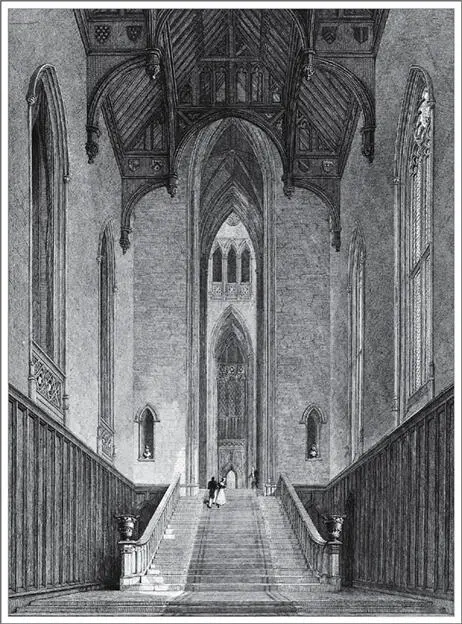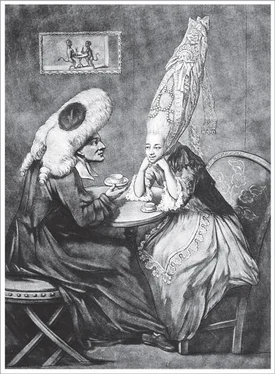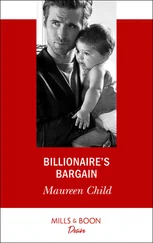Bill Bryson - At Home
Здесь есть возможность читать онлайн «Bill Bryson - At Home» весь текст электронной книги совершенно бесплатно (целиком полную версию без сокращений). В некоторых случаях можно слушать аудио, скачать через торрент в формате fb2 и присутствует краткое содержание. Жанр: Старинная литература, на английском языке. Описание произведения, (предисловие) а так же отзывы посетителей доступны на портале библиотеки ЛибКат.
- Название:At Home
- Автор:
- Жанр:
- Год:неизвестен
- ISBN:нет данных
- Рейтинг книги:4 / 5. Голосов: 1
-
Избранное:Добавить в избранное
- Отзывы:
-
Ваша оценка:
- 80
- 1
- 2
- 3
- 4
- 5
At Home: краткое содержание, описание и аннотация
Предлагаем к чтению аннотацию, описание, краткое содержание или предисловие (зависит от того, что написал сам автор книги «At Home»). Если вы не нашли необходимую информацию о книге — напишите в комментариях, мы постараемся отыскать её.
At Home — читать онлайн бесплатно полную книгу (весь текст) целиком
Ниже представлен текст книги, разбитый по страницам. Система сохранения места последней прочитанной страницы, позволяет с удобством читать онлайн бесплатно книгу «At Home», без необходимости каждый раз заново искать на чём Вы остановились. Поставьте закладку, и сможете в любой момент перейти на страницу, на которой закончили чтение.
Интервал:
Закладка:

The Great Western Hall, leading to the Grand Saloon or Octagon, at Fonthill Abbey (photo credit 7.1)
Among the additional, incidental planned structures was a mighty tomb, 125 feet long, in which his coffin would be placed on a dais 25 feet above the ground, so that, he believed, no worms could ever get to him.
Fonthill was deliberately and riotously asymmetrical—“architectural anarchy” in the words of the historian Simon Thurley—and rendered in an ornate Gothic style that made it look like a cross between a medieval cathedral and Dracula’s castle. Wyatt didn’t invent neo-Gothicism. That distinction goes to Horace Walpole for his house Strawberry Hill, in outer London. Gothick, as it was sometimes spelled to distinguish it from the genuine medieval stuff, originally signaled not an architectural style but a type of gloomy, overwrought novel, and Walpole invented that too with The Castle of Otranto in 1764. Strawberry Hill, however, was a fairly cautious, picturesque sort of thing—a more or less conventional house with some Gothic tracery and other embellishments attached. Wyatt’s Gothic creations were vastly darker and heavier. They had looming towers and romantic spires and jumbled rooflines that were studiously asymmetrical, so that they looked as if the whole structure had grown organically over centuries. It was a kind of Hollywood imagining of the past, long before there was a Hollywood. Walpole invented a term, gloomth , to convey the ambience of Gothick; Wyatt’s houses were the very quintessence of gloomth.* They dripped it.
In his obsession to get the project completed Beckford kept up to five hundred men working round the clock, but things constantly went wrong. Fonthill’s tower, rising to a height of 280 feet, was the tallest ever put on a private house, and it was a nightmare. Rashly, Wyatt used a new kind of rendering called Parker’s Roman cement, invented by a Reverend James Parker of Gravesend, yet another of that inquisitive breed of clergymen whom we encountered at the outset of the book. What impulse brought the Reverend Mr. Parker to the world of building materials is unknown, but his idea was to produce a quick-drying cement of the type once used by the Romans, from a recipe since lost. Unfortunately, his cement had little inherent strength and, if not mixed exactly correctly, tended to fall apart in chunks—as it did now at Fonthill. Appalled, Beckford found his mighty abbey coming to pieces even as it went up. Twice it collapsed during construction. Even when fully erect, it creaked and groaned ominously.
To Beckford’s boundless exasperation, Wyatt was often either away drunk or working on other projects. Just as things were literally falling apart at Fonthill and the five hundred workers were either running for their lives or twiddling their thumbs awaiting instructions, Wyatt was engaged in a massive, abortive project to build King George III a new palace at Kew. Why George III wanted a new palace at Kew is a reasonable question, as he had a very good one there already, but Wyatt went ahead and designed a formidable edifice (nicknamed “the Bastille” because of its forbidding looks), one of the first buildings anywhere to use cast iron as a structural material.
We don’t know what the new palace looked like, because no reproduction of it exists, but it must have been something. It was made completely of cast iron except for doors and floorboards—a design that would have given it all the charm and comfort of a cooking pot. Unfortunately, as the building rose beside the Thames, the king began to lose his sight and his interest in things he couldn’t see. Also, he never liked Wyatt much. So, with the building half finished and more than £100,000 wasted, work was stopped ten years after it began and never resumed. The structure stood empty and uncompleted for years until a new king, George IV, finally had it pulled down.
Throughout their fractious relationship, Beckford bombarded Wyatt with outraged letters. “What putrid inn, what stinking tavern or pox ridden brothel hides your hoary and glutinous limbs?” ran one typical inquiry. His pet name for Wyatt was “Bagasse” (pimp). Every letter was a screed of rage and inventive insult. Wyatt was, to be sure, maddening. Once he left Fonthill to go to London, ostensibly on urgent business, but got only three miles, to another property owned by Beckford, where he fell in with another boozy guest. A week later Beckford discovered them there together, insensate and surrounded by empty bottles.
The final cost of Fonthill Abbey is unknown, but in 1801 an informed observer suggested that Beckford had already spent £242,000—enough to build two Crystal Palaces—and the building was less than half done. Beckford moved into the abbey in the summer of 1807 even though it was uncompleted. There was no comfort in it at all. “Sixty fires had to be kept continually burning winter and summer to keep the house dry, let alone warm,” Simon Thurley records in Lost Buildings of Britain . Most of the bedrooms were as plain as monastic cells; thirteen had no windows. Beckford’s own bedchamber, strikingly austere, contained a single narrow bed.
Wyatt continued to attend intermittently and to drive Beckford to fury with his absences. In early September 1813, just after his sixty-seventh birthday, Wyatt was riding back to London from Gloucestershire with a client when his carriage overturned and he was dashed against the wall, striking his head a fatal blow. He died more or less instantly, leaving his widow penniless.
Just at this time, sugar prices went into a depression and Beckford ended up uncomfortably exposed to the downside of capitalism. By 1823, he was so strapped for funds that he was forced to sell Fonthill. It was bought for £300,000 by an eccentric character, John Farquhar, who had been born in rural Scotland but went to India as a young man and made a fortune manufacturing gunpowder. Returning to England in 1814, Farquhar settled in London in a fine house on Portman Square, which he conspicuously neglected. He conspicuously neglected himself, too—to such an extent that on his walks through the neighborhood he was sometimes stopped and questioned as a suspicious vagrant. After buying Fonthill, he hardly ever visited it. He was, however, in residence on the most spectacular day in Fonthill’s brief existence, just before Christmas 1825, when the tower emitted a sustained groan, then collapsed for a third and final time. A servant was blown thirty feet down a corridor by the rush of air, but miraculously neither he nor anyone else was injured. About a third of the house lay under the heaped wreckage of the tower, and would never be habitable again. Farquhar was remarkably equable about his misfortune and merely remarked that this greatly simplified the care of the place. He died the following year, immensely rich but intestate, and none of his bickering relatives would take on the house. What remained of it was torn down and cleared away not long after.
Beckford, meanwhile, took his £300,000 and retired to Bath, where he built a 154-foot tower in a restrained classical style. Called the Lansdown Tower, it was erected with good materials and prudent care, and still stands.
II
Fonthill marked the summit not only of ambition and folly in the domestic realm but also of discomfort. A curious inverse relationship had arisen, it seems, between the amount of effort and expense that went into a house and the extent to which it was actually habitable. The great age of housebuilding brought new levels of elegance and grandeur to private life in Britain, but almost nothing in the way of softness, warmth, and convenience.
Читать дальшеИнтервал:
Закладка:
Похожие книги на «At Home»
Представляем Вашему вниманию похожие книги на «At Home» списком для выбора. Мы отобрали схожую по названию и смыслу литературу в надежде предоставить читателям больше вариантов отыскать новые, интересные, ещё непрочитанные произведения.
Обсуждение, отзывы о книге «At Home» и просто собственные мнения читателей. Оставьте ваши комментарии, напишите, что Вы думаете о произведении, его смысле или главных героях. Укажите что конкретно понравилось, а что нет, и почему Вы так считаете.












